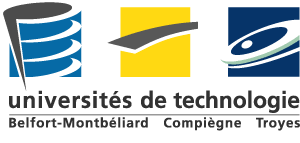Over the last few years, the concept called Digital Twin has being ever more present in the strategic decision of manufacturers. The concept implies the possibility of having a digital surrogate of a physical product. Having this certain processes can be accelerated as taking decisions in the digital world can be considerable cheaper and efficient than taking the same decisions based on an expensive physical version of the product. For this concept to work a bi-directionality between the digital and physical product is necessary. Technologies such as Internet-of-Things technology has drastically lowered the costs of Digital Twin computing and computing real-time data from the fields. This is the foundation for connected products and services. Over the last decades, too, sustainability has been a goal for manufacturing companies. Depending on the industry meeting sustainability targets has being difficult and costly. In this paper, we aim to explain how a Digital Twin approach can help companies achieve the two goals interconnected but not competing: a transparent decision-making based on risk management and proving that sustainability goals can be met in a simpler, cost-efficient way. Using the RACER evaluation methodology we will assesses four fields in which the Digital Twin can add value to a medical devices company. Finally, we show a real life use case of the Digital Twin.
  |
|
Consultation résumés par auteur > Sagot Jean-ClaudeEnhancing Sustainability and Risk Management by Digital Twin of Medical Devices
1 : Roche Diabetes Care GmbH
Roche Diabetes Care GmbH
2 : Univ. Bourgogne Franche-Comté
Univ. Bourgogne Franche-Comté, F-25000 Besançon,France
3 : PROSTEP AG [Darmstadt]
|



